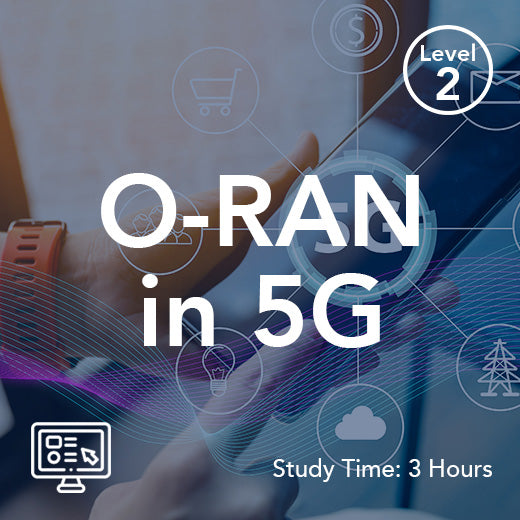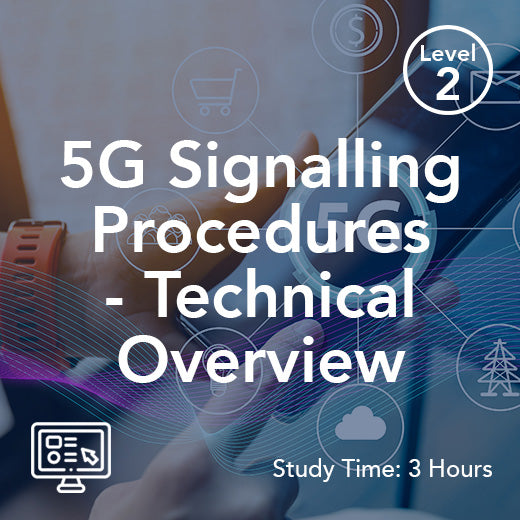Hiérarchie numérique plésiochronique (PDH)
- , par Paul Waite
- 2 min temps de lecture
La hiérarchie numérique plésiochrone (PDH) est un élément crucial de l'infrastructure des télécommunications au Royaume-Uni. Dans ce domaine, elle joue un rôle essentiel dans la transmission des signaux de données, de voix et de vidéo sur les réseaux. Comprendre les subtilités et l'importance de la PDH est indispensable à toute personne travaillant dans le secteur des télécommunications au Royaume-Uni.
Le multiplexage par transfert de données (PDH) est une technologie qui permet le multiplexage et la transmission de plusieurs signaux sur une seule liaison de communication. Il permet une utilisation efficace des ressources réseau en combinant des signaux à faible débit en flux à débit plus élevé. Ceci est réalisé grâce à la synchronisation des différents signaux sur une horloge de référence commune, garantissant ainsi une transmission des données coordonnée et ordonnée.
L'une des principales caractéristiques du multiplexage par répartition en puissance (PDH) est sa nature plésiochrone, ce qui signifie que les signaux multiplexés peuvent ne pas être parfaitement synchronisés. Cette légère variation temporelle est prise en compte par le réseau afin de garantir une combinaison et une transmission efficaces des signaux. Si cette flexibilité est avantageuse en termes d'utilisation des ressources, elle pose également des défis quant au maintien de l'intégrité et de la qualité du signal.
Dans le paysage des télécommunications britannique, le PDH (Power Data Hub) s'est imposé comme une technologie fondamentale, facilitant la croissance et l'évolution des réseaux de communication. Il a permis la transmission efficace des services voix et données, prenant en charge des applications critiques telles que la téléphonie, la connectivité Internet et la diffusion multimédia. La fiabilité et l'évolutivité du PDH en ont fait un choix privilégié pour de nombreux fournisseurs de services et entreprises souhaitant mettre en place des infrastructures de communication robustes.
Malgré son adoption généralisée, le protocole PDH présente certaines limites. Avec les progrès technologiques, de nouvelles technologies de transmission telles que le SDH (Synchronous Digital Hierarchy) et l'Ethernet ont émergé, offrant des débits de données plus élevés et des capacités de synchronisation améliorées. Bien que ces technologies aient largement supplanté le PDH dans de nombreux réseaux modernes, ce dernier conserve un rôle dans les systèmes existants et certaines applications de niche où ses caractéristiques uniques restent pertinentes.
Pour les professionnels des télécommunications au Royaume-Uni, une solide compréhension du PDH est essentielle à la maintenance et à l'optimisation des réseaux existants. Il est important de connaître les capacités et les limites du PDH, ainsi que son interopérabilité avec les technologies plus récentes. Grâce à ces connaissances, les ingénieurs et les opérateurs télécoms peuvent garantir le bon fonctionnement de leurs réseaux et prendre des décisions éclairées lors de la planification des mises à niveau et des extensions futures.
En conclusion, la hiérarchie numérique plésiochrone (PDH) est une technologie fondamentale du secteur des télécommunications britannique, qui a joué un rôle déterminant dans le développement de l'infrastructure de communication du pays. Malgré l'émergence de nouvelles technologies, la PDH demeure pertinente dans certains contextes, soulignant l'importance de comprendre ses principes et ses applications. En se tenant informés et en s'adaptant à l'évolution du paysage des télécommunications, les professionnels britanniques peuvent continuer à stimuler l'innovation et la connectivité à l'ère du numérique.

































